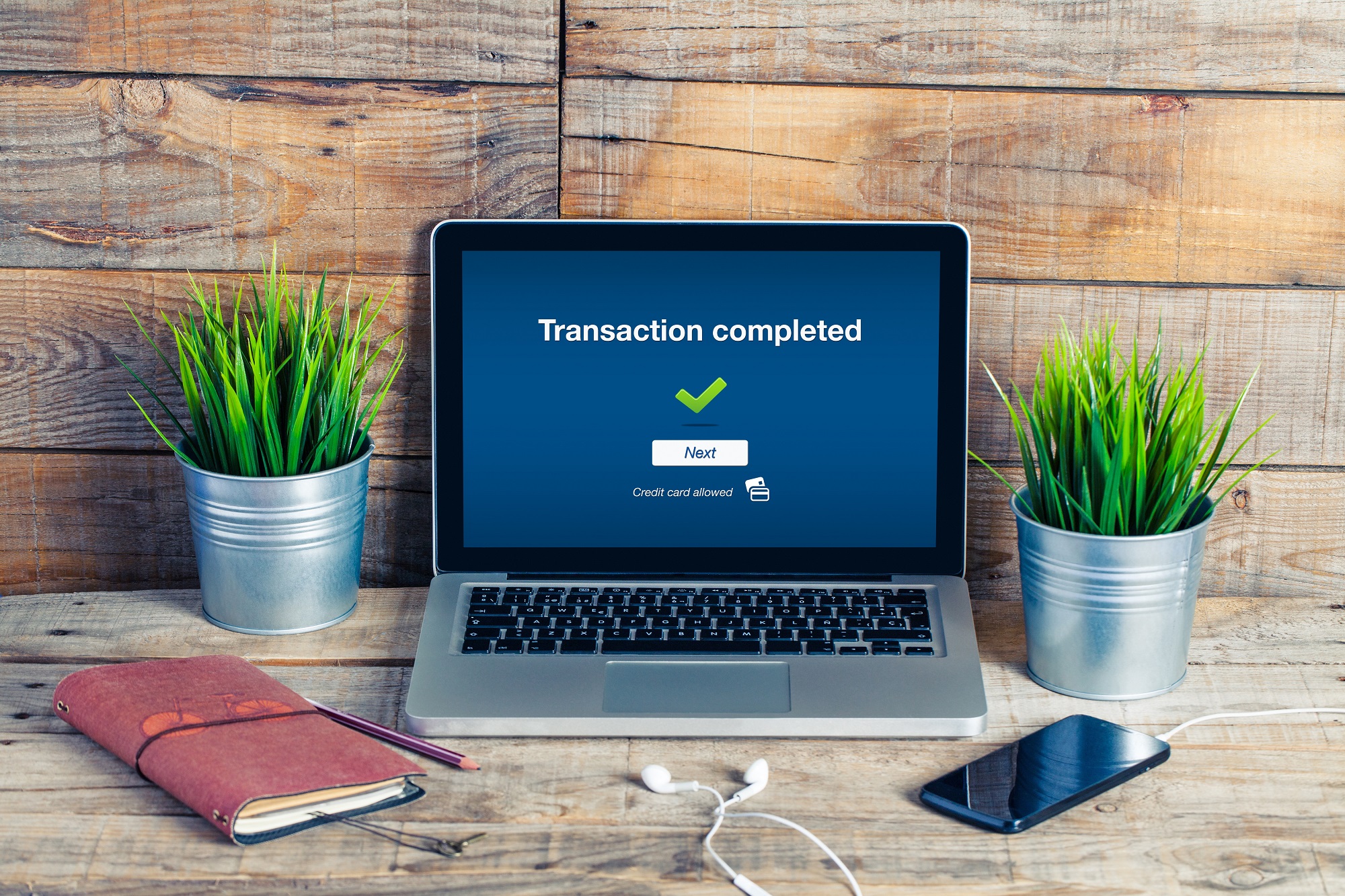There’s little doubt that business rates need reforming from top to bottom as was highlighted in the Government review completed in 2021. But as well as introducing reform to the calculus, the Government has committed to digitise the system from 2026/27. However, there is now a suggestion that it could tie up with the Government’s Making Tax Digital (MTD) strategy to form part of that broader, holistic view of tax liabilities and payments.
Why combine the two?
On first inspection the combining of a digital business rates (DBR) system with one managing corporation tax and VAT seems a little off the wall, but the answer to this proposed marriage of convenience actually lays with Covid.
At present the current system of billing and payment collection is devolved out to local authorities who use independent systems to manage the properties within their respective area, in some cases still issuing paper based bills. These systems do not talk to one another nor do they communicate centrally with the government in a digital format.
As a result, large businesses with properties in multiple authorities cannot be tracked as a whole and smaller businesses, who self-certify their qualification for Small Business Rates Relief cannot have their eligibility checked.
But it was when it came to reversing the system and providing support out to companies during the Covid pandemic, that the frailties of this disjointed system really came to light. The lack of visibility of a business’ total operation meant that the financial support on offer could not be targeted, requiring a one size fits all model to be applied.
More targeted support
Whilst the digitisation of the business rates process will join up the data held by the Valuation Office, Billing Authorities and HMRC, it is believed that a connection to MTD would enable any future support to be far more targeted.
HMRC would be able to collate data across its taxation systems to target business support and additional rates reliefs to those who really need it. On the flip side, the same targeting could allow them to reduce or remove reliefs away from very large and very profitable businesses and those non-domestic property owners who are not trading commercially.
Whilst the first stages of digital business rates are focussed on providing a consolidated view of business rates information for companies, plans to centralise the payment process and potentially link to a single customer account or business tax account (BTA) to use MTD terminology form part of the longer term plans.
A consultation on the plans for DBR is running until 30th September 2022. You can find more details on the proposals and links to the consultation here.
